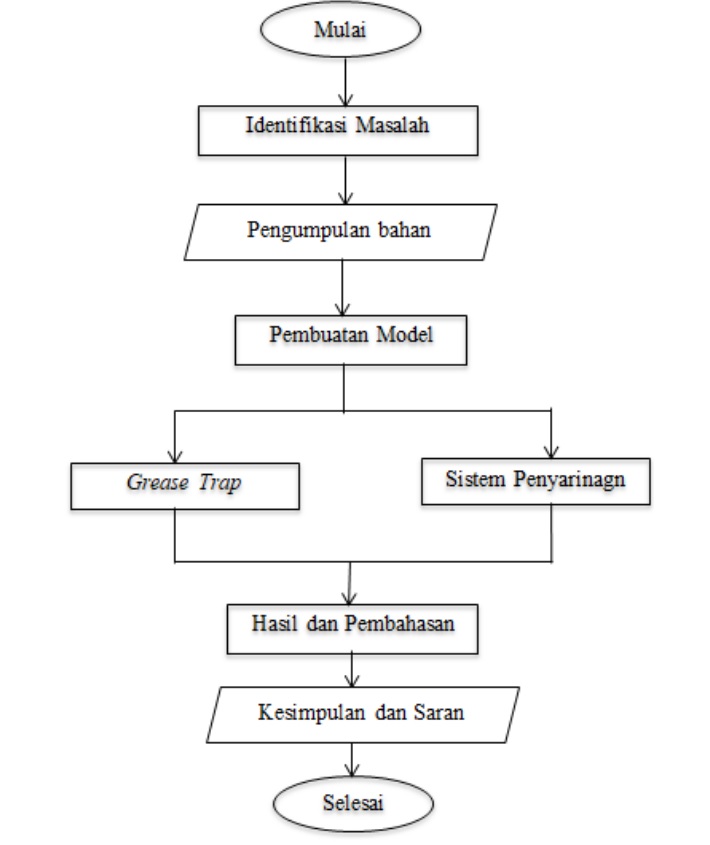TA DIRTY WATER SYSTEM INSTALLATION PLANNING MODEL WITH GREASE TRAP (TRAP GREASE) TO EATING HOUSE IN BATU AMPAR BALIKPAPAN TUGAS AKHIR
Main Article Content
Abstract
Dirty water or used water come sfrom various sources such as: waste water, wastewater, rainwater, and special wastewater. A shophouse building in kelurahan Batu Ampar balikpapan will be functioned as restaurant so it needs special installation system using portable grease trap and filtering systems where the use of grease trap Portable and filtering systems are useful to catch fat and oil produced by the restaurant itself. The installation run uses gravity system.
In this study, an analysis was carried out by calculating the volume of dirty water, and testing the filtered water. The goal to be achieved is to be able to find out the volume of dirty water that is released every day, and to find out whether the dirty water from the grease trap filter is feasible to be discharged into the public channel.
From data collection and analysis calculation, the amount of dirty water released per day is 5.6 m3 for total dirty water and 0.84 m3, and water that has been filtered by grease trap and filter is suitable to be discharged into the public channel because of the rose barb fish use to test can last for 3 days.
Downloads Statistics
Article Details
References
Darmasetiawan, M. (2004). Sarana Sanitasi Perkotaan. Jakarta.
Dwiputra, I. (2015). Pentingnya Penggunaan Grease Trap / Perangkap Lemak.
Gumilar, G. (2011). Perencanaan plumbing air bersih dan kotor. Surakarta: Tugas Akhir UNS.
Tangoro, D. (1999). Utilitas Bangunan. Jakarta: Universitas Indonesia.

 pdf (Bahasa Indonesia)
pdf (Bahasa Indonesia)

